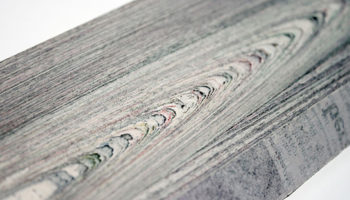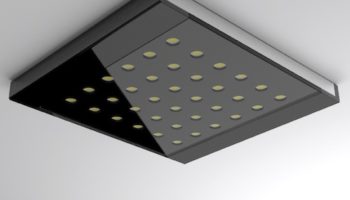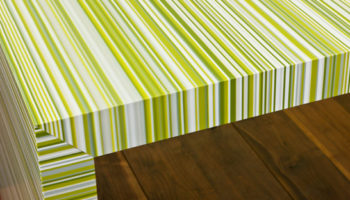Can a building repair itself?
Two years ago I was sitting in on a Rem Koolhaas presentation at Cornell University. If you’re wondering what the world’s greatest architect was doing at Cornell, he’s designing our new architecture studios and was on campus explaining his proposed design.
Self-healing rubber. Invented by French researcher Dr. Ludwik Leibler. Image courtesy of The Age.
I remember a question was asked that somehow prompted a discussion of a building’s lifespan, maintenance, sustainability, and how all these topics relate to each other. The response was this: our society has spent great resources towards studying human life and how we might prolong it via a variety of medical interventions including medications, surgeries, orthopedic repair, organ transplants, etc. However, we haven’t yet devoted the same attention or interest towards prolonging the life of a building. Yes, buildings are not people… I get that much. But if we were able to make better use of our existing buildings, or even spend more time considering how particular materials might weather or survive, we’d certainly be doing our world a favor (or at the very least just reducing our maintenance costs).
On that note, I have good news for everyone… self-healing rubber is finally here. No, I am not losing my mind. This does in fact exist. A French researcher by the name of Dr. Ludwik Leibler has invented this artificial rubber which can be cut and then rejoined together simply by placing the broken ends together for a few minutes. And best of all, this new rubber boasts environmental possibility. Made from vegetable oil and a component of urine, “the process is almost completely green, and could be completely so with a few adjustments.”

Watch this material in action.
How’s this possible? Let us indulge ourselves with a bit of chemistry. Simple rubber is made up of billions of molecules all held together by covalent bonds. Tear apart the rubber and you’ve also broken apart these covalent bonds, which cannot be remade. Accordingly, the trick was to replace the covalent bonds in rubber with weaker connections known as hydrogen bonds. Think of this as hands on neighboring molecules that clasp together, but let go when broken. When the rubber is cut, these chemical hands at the fresh surfaces wave about ready to rejoin. (A deep breath everyone… our chemistry lesson is over).
How might this new material be used by architects and designers? One obvious opportunity is with expansion and compression joints. Puncture a hole in either joint with a nail and it will repair itself. That’s pretty convenient if you ask me.
An alternate and playful suggestion put forward by Dr. Leibler is children’s toys: “Why not use it to make children’s toys? Children are always breaking their toys. Wouldn’t it be nice if you could put them back together so easily?” Quack. Quack.
Everyone, keep your eyes open for more self-healing materials… I am happy to say we’re a few steps closer (baby-steps perhaps) to a building repairing itself.





Leave a Reply